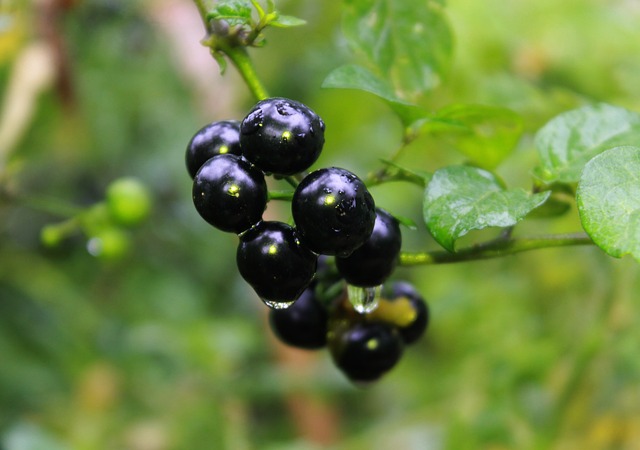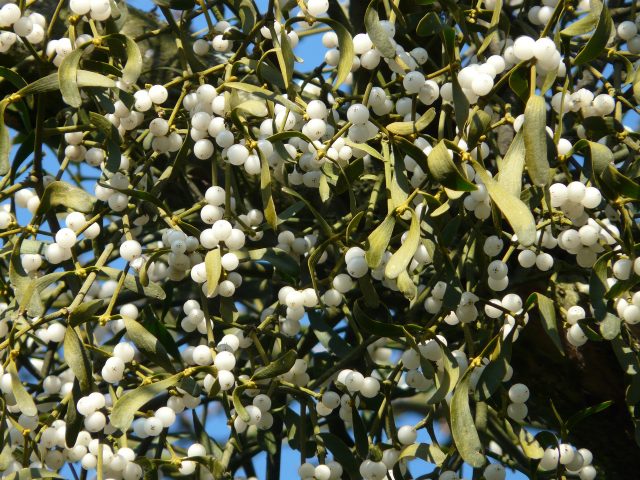Watch out: Identifying common poisonous plants in nature

While most outdoor people know how to avoid the obvious nuisance plants like poison oak, poison ivy, and stinging nettles, there are many commonplace plants that you may not realize are actually poisonous.
On a regular day, you probably do not plan on putting random plants into your mouth, so their poisonous nature may not affect you. If you have young children or are adventuring off-grid, however, you may need to brush up on what plants you may think you know well but that are not safe to consume.
As small children have a tendency to put things in their mouths, knowing what could pose a danger to them will prepare you in case they do.
Otherwise, if you find yourself without provisions in the wilderness, just because you know what a plant is called does not mean that you should try to eat it.

Buttercups
These lovely yellow flowers are easy to spot and common to be around. But all parts of this little flower are poisonous. They have juices that can cause damage to your digestive system.

Nightshade
While some vegetables are referred to as nightshade plants, here we are referring to the plant also called “belladonna.” This plant is found in various parts of the world and known for its rich-looking, black cherry-like berries.
Unfortunately, belladonna is one of the most toxic plants around, and a hungry hiker or small child may think that the berries look tasty.
They do have a sweet taste as well, so you may not know you have consumed something bad for an hour or two. While it can take a handful to give a lethal dose to an adult, a child could be poisoned with only a couple.

Mistletoe
Funnily enough, kissing under the mistletoe is a holiday tradition, but the berries are lethal. Both children and adults have been known to have died from eating the bright red berries.

Poison Hemlock
This plant is a trickster because it looks a lot like a large wild carrot. Unfortunately, the plant is lethal. This one is mostly found in moist or swampy areas.

Daphne berries
Daphne is a common plant to put in your garden, but the flower is not the concern. Daphne berries have been repeatedly proven fatal, especially to children.
Watch out for this one if you have daphne in your garden. Birds love to eat the bright red berries, but they are not toxic to them.

Rhubarb
This may be a surprise for fans of strawberry and rhubarb pie, but rhubarb leaves are very much toxic. Regardless of whether you cook them or eat them raw, they can cause convulsions, coma, and ultimately death.

Jasmine berries
The tea may be delicious, but jasmine berries will not be soothing or calming in any way. Eating them will cause stomach upset and ultimately kill you.

Yew
In the case of other plants, the berries may be fatal, but with yew, it is the foliage that causes more trouble. Not that you should play around with the berries either. This guy doesn’t show any symptoms before it proves itself fatal.
Really, there are countless plants out in your garden and in nature that are not edible. You should know what you are eating before you make the decision to eat something new because you do not want to run the risk of eating something that will not only make you sick but that could kill you. Using common sense is always ideal for yourself, but also please pay attention to what your children could put in their mouths.
If you have any comments, please drop us a message on our Outdoor Revival Facebook page.
If you have a good story to tell or blog, let us know about it on our FB page. We’re also happy for article or review submissions; we’d love to hear from you.
We live in a beautiful world, get out there and enjoy it.
Outdoor Revival – Reconnecting us all with the outdoors.
